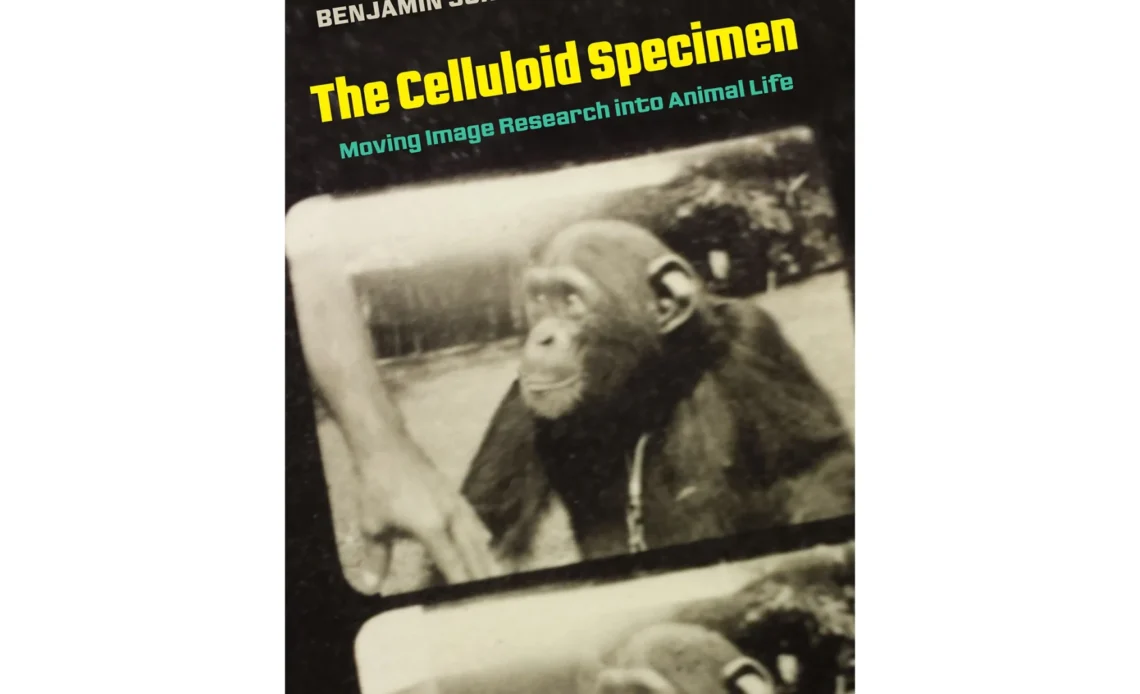In the years leading up to, and through, World War II, animal behaviorist researchers thoroughly embraced motion picture technology as a means to better capture the daily experiences of their test subjects — whether exploring the nuances of contemporary chimpanzee society or running macabre rat-eat-rat survival experiments to determine the Earth’s “carrying capacity.” However, once the studies had run their course, much of that scientific content was simply shelved.
In his new book, The Celluloid Specimen: Moving Image Research into Animal Life, Seattle University Assistant Professor of Film Studies Dr. Ben Schultz-Figueroa, pulls these historic archives out of the vacuum of academic research to examine how they have influenced America’s scientific and moral compasses since. In the excerpt below, Schultz-Figueroa recounts the Allied war effort to guide precision aerial munitions towards their targets using live pigeons as onboard targeting reticles.
University of California Press
Excerpted from The Celluloid Specimen: Moving Image Research into Animal Life by Ben Schultz-Figueroa, published by the University of California Press. © 2023 by Ben Schultz-Figueroa.
Project Pigeon: Rendering the War Animal through Optical Technology
In his 1979 autobiography, The Shaping of a Behaviorist, B. F. Skinner recounted a fateful train ride to Chicago in 1940, just after the Nazis had invaded Denmark. Gazing out the train window, the renowned behaviorist was ruminating on the destructive power of aerial warfare when his eye unexpectedly caught a “flock of birds lifting and wheeling in formation as they flew alongside the train.” Skinner recounts: “Suddenly I saw them as ‘devices’ with excellent vision and extraordinary maneuverability. Could they not guide a missile?” Observing the coordination of the flock, its “lifting and wheeling,” inspired in Skinner a new vision of aerial warfare, one that yoked the senses and movements of living animals to the destructive power of modern ballistics. This momentary inspiration began a three-year project to weaponize pigeons, code-named “Project Pigeon,” by having them guide the flight of a bomb from inside its nose, a project that tied together laboratory research, military technology, and private industry.
This strange story is popularly discussed as a historical fluke of sorts, a wacky one-off in military research and development. As Skinner himself described it, one of the main obstacles to…

